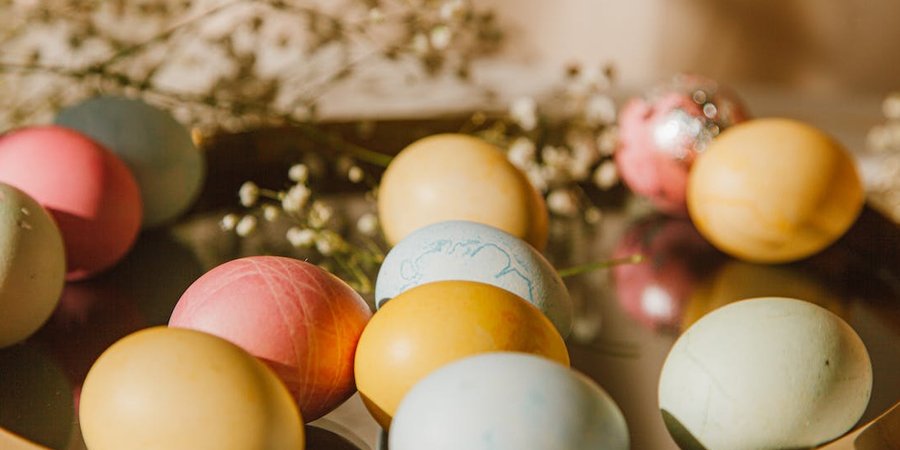Easter
Easter is a time filled with joy, growth and definitely lots of chocolate! The spring season is in full swing and the flowers are blooming everywhere you look. These flowers bring jubilant colour back into the world as we transition from the dull winter months. There are several colours that are associated with Easter but where do these relations come from?
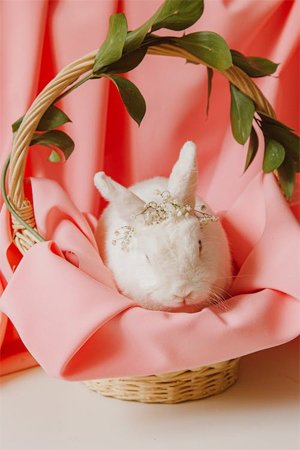
Purple
Purple is associated with Lent, the religious period of fasting, penance, almsgiving, and prayer that begins on Ash Wednesday and lasts 40 days as it leads up to Easter, the celebration of Christ’s resurrection.
During this time, clergy wear purple vestments (a ceremonial outer garment worn by priests, ministers, and clergy), and altars, lecterns, and pulpits are adorned with purple cloth in Christian churches. The symbolism of the colour purple in this context has to do with penitence, remembrance, royalty, and spiritual wealth.
Jesus was mocked as the King of Jews with a purple robe. Purple was the colour of choice of royalty during the Roman Empire because it was the most labour-intensive, expensive colour to create.

Red
The colour red represents the blood of Jesus Christ, which, in the context of Easter, is shed for the sake of humanity. It signifies love, suffering, and ultimate sacrifice. In the Greek Orthodox tradition, Easter eggs are dyed in red.
Red is associated with Holy Week, the week starting with Palm Sunday and ending on Easter Sunday. Holy Week reflects on the days leading up to Jesus’ death and resurrection, beginning with Palm Sunday, which commemorates Jesus Christ’s entry into Jerusalem.
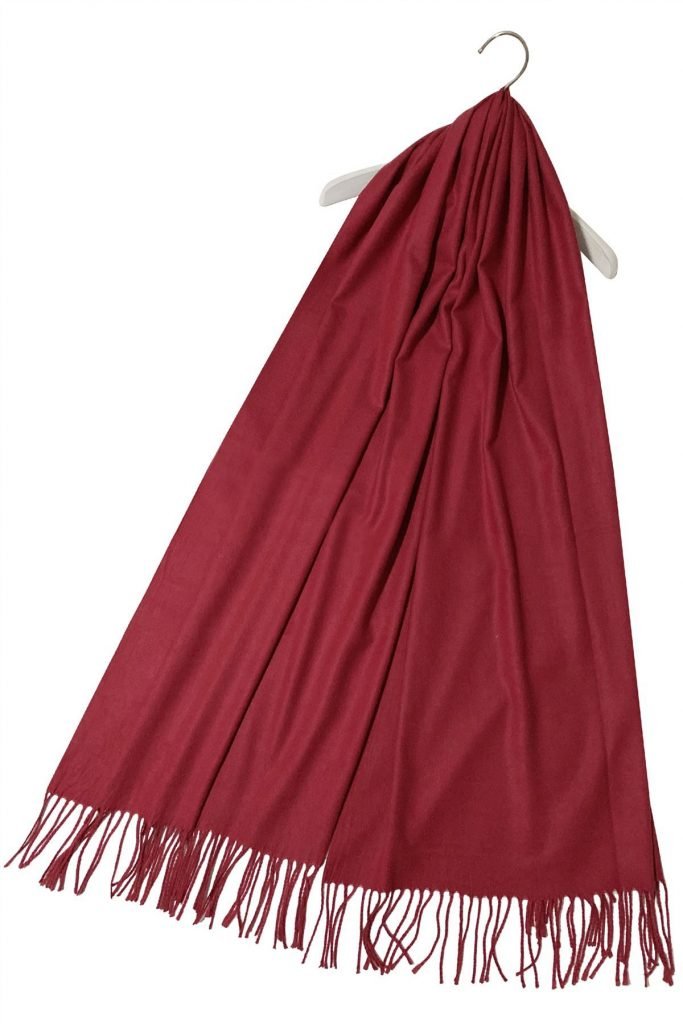
White
On Easter, the colour white symbolises purity, grace, and, ultimately, the resurrection of Jesus Christ, which is the joyful culmination of the Easter season. On this holiday, white Easter lilies are displayed in churches and homes, symbolising the purity of Christ and representing a trumpet sharing the message that Jesus has risen.
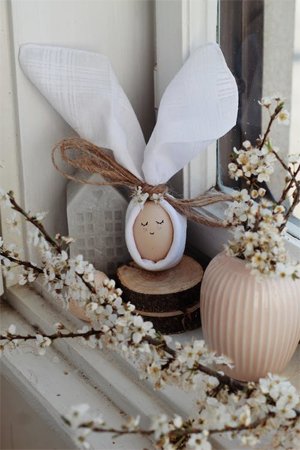
White is also associated with Maundy Thursday, the commemoration of the Last Supper that occurs the day before Good Friday.
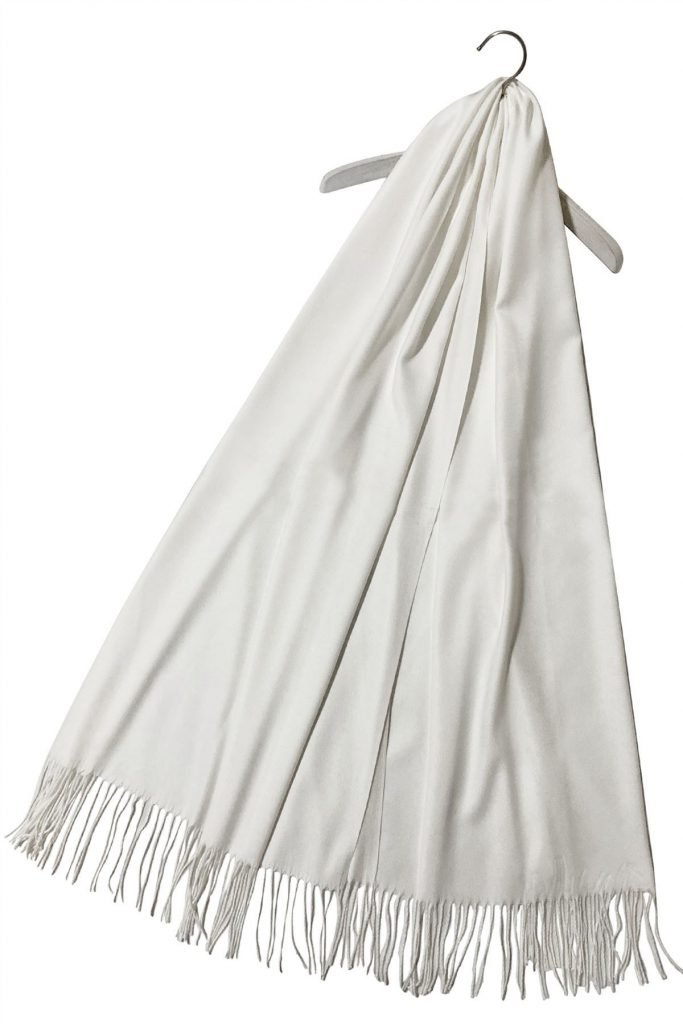
Gold
During the Easter season, glimmering gold represents glory and triumph, specifically Jesus’ resurrection and triumph over death, which is celebrated during the Easter season. Gold is often used with white in Easter services displayed on vestments and church decorations.
Green
Green represents growth, symbolism that is especially apt during the Easter season, when themes of sacrifice, resurrection, and new beginnings abound. In the Christian church, green is the colour used during Ordinary Time, which falls outside of the seasons of Advent through Epiphany and Lent through Pentecost. These periods focus on other events in the life of Christ.

These colours are an excellent choice in outfit creation for this Easter time. An accessory like a scarf would be a great addition to any outfit to create those nice colour combinations using these Easter colours or if you are looking to make a statement.

